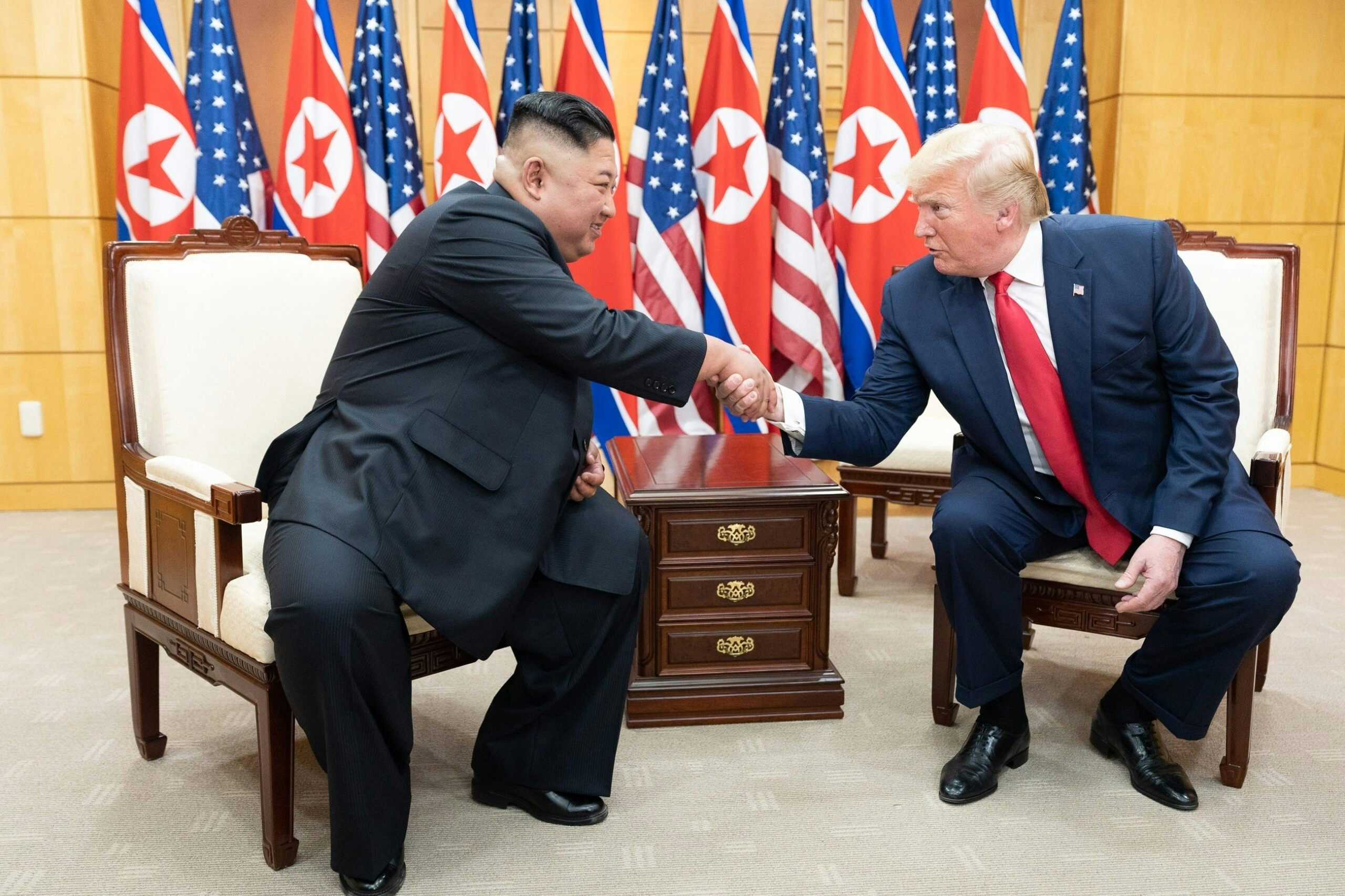The U.S. Department of State released its America First Global Health Strategy on Sept. 18, officially outlining the administration’s global health priorities. The strategy reaffirms America’s commitment to advancing the health of people across the globe while introducing a new blueprint for global health investment at large.
Several approaches outlined in the document provide opportunities for ensuring sustainable and cost-effective investments for HIV/AIDS, tuberculosis, and malaria. It has a keen focus on strengthening partnerships and limiting redundancies through programs like the President’s Emergency Plan for AIDS Relief (PEPFAR) and the President’s Malaria Initiative (PMI).
As the State Department starts to implement these strategies and future transition planning, it is important that they integrate several lessons from the past to ensure America fulfills its promises and achieves sustainable results.
The administration’s approach to PEPFAR is a welcome start to what should be a gradual transition of the program by 2030. Rather than large, expensive awards to U.S.-based implementing partners, the strategy proposes direct bilateral agreements with host-country governments and collaboration with faith-based organizations. The George W. Bush Institute recommended a similar approach in its PEPFAR Beyond 2030 series last year. Bilateral agreements or country compacts like those used through the Millennium Challenge Corporation require governments and communities to have more skin in the game financially and can help hold governments accountable to transparently track their health investments, maximize efficiency, and achieve results. In the long-term, bilateral agreements will ensure that resources get to those who need them most and support governments and their partners to address current and emerging threats.
When drafting these bilateral agreements, PEPFAR must continue to use a data-driven and population- and geographic-specific approach. As shown in the PEPFAR Beyond 2030 series, while several countries are on track to end HIV/AIDS as a public health threat, many are not. Rather than simply implementing large-scale programs, PEPFAR and its partners must continue to use disaggregated, independently collected data that directs resources where infectious diseases are most severe. Resources for individual countries must also be tied to real outcomes and impact. This will drive mutual accountability and ensure U.S. taxpayer dollars continue to have a direct impact on communities.
PEPFAR should also continue to work alongside civil society, country governments, multilateral partners like Gavi and the Global Fund to Fight AIDS, Tuberculosis, and Malaria, as well as the private sector during the drafting and implementation of these agreements. This includes continued collaboration with the Centers for Disease Control and Prevention (CDC) and the Department of Defense (DOD) to ensure a coordinated approach that reduces duplication. Both have been long-term PEPFAR implementing agencies with excellent track records of persistent improvement and connecting resources to local partners. They have the highest number of local partners and can assume more responsibility, utilizing their cost-effective approach to ensure quality services. CDC also has an outstanding model for reimbursement-based, government-to-government agreements at the national and sub-national levels that reduces opportunities for corruption.
However, countries experiencing conflict, insurgency, or authoritarian rule are not suitable for bilateral agreements. To ensure that people continue to receive lifesaving care, PEPFAR and partners like the Global Fund should find innovative ways to expand direct support to local civil-society partners within these frameworks. This includes faith-based organizations that have worked among the most marginalized communities for years.
The strategy also assures continued support for community health workers and establishes a framework to break down silos and integrate programming across diseases. Community health workers are the backbone of the fight against deadly diseases and continued support for them will be critical to ending HIV/AIDS, tuberculosis, and malaria by 2030. For years, peer navigators, civil society organizations, and wrap around services outside of traditional clinics have positively impacted PEPFAR programming by building trust in communities and ensuring people stay in the system.
To foster a successful transition to country ownership, PEPFAR must work closely with national governments and these groups so that these services can continue in some capacity. That may mean integrating services into public health sectors and faith-based groups and incentivizing governments to offer better education opportunities and career support, livable wages, housing, and other resources to public sector providers so that they can take on these tasks as well.
What’s next?
The State Department’s goal is to complete bilateral agreements and implementation plans with countries receiving the most U.S. health investments by March 2026. While these plans are underway, PEPFAR will execute a six-month “bridge funding plan” to ensure life-saving activities that were stalled or affected during the administration’s foreign assistance review can resume. Despite the emergency humanitarian waiver passed earlier this year and the reestablishment of funding, many implementing partners have still not been paid. Through bridge funding, the State Department must correct this situation as soon as possible to ensure PEPFAR and other global health programs get back on track.
The new strategy rightfully highlights how global health programs can have the greatest impact both at home and abroad when informed through partnerships, transparent reporting, and data-driven frameworks. PEPFAR – a program that has saved over 26 million lives, prevented HIV from decimating entire communities, strengthened the very fabric of global democracy, and positively impacted U.S. national security – is a shining example of this. But what truly sets the U.S. apart is the compassion and generosity of the American people and the auspice that to whom much is given, much is required. An abrupt end to PEPFAR would damage America’s reputation as a trusted, valuable partner and put millions of lives at risk.
The State Department must take care when implementing this strategy and future transition planning to ensure that America fulfills its promises as the world approaches 2030.





























